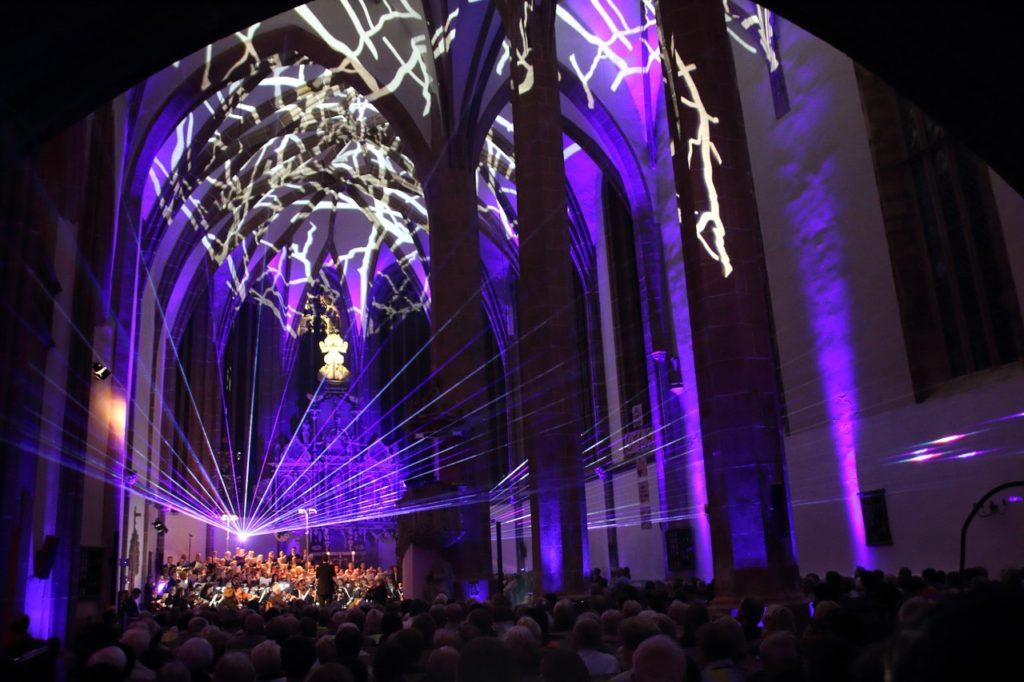Today’s example for singing rhythm syllables in cut time uses shape notes.
For a review on shape notes:
Brush up on your chromatic shape notes here:
The Kodaly syllables for the rhythm appear above each line in the music examples above, while the solfege syllables appear below each line. I suggest you chant the rhythm first. Then, try singing the solfege once you have the rhythm in your ear.
Notice the curved line connecting the whole notes in bars 7 and 8 in the example above. We call the curved line a tie. The tie turns the two separate whole notes into, in essence, one long double whole note. You can see that the rhythmic syllables reflect this.
Breathe at the end of phrases, so that you have enough breath to sustain your pitch. Otherwise, your note will go flat, making you go out of tune.
The song track helps you get the song’s melodic tuning in your ear. The song’s tuning was carefully chosen to help you develop good melodic tuning by developing your mental pitch template through regular practice. Singing with the sing-along song tracks every day is critical to developing the pitch schemata in your brain.
The song track uses synthetic voices rather than actual voices. Research has shown that this will help with the ability to identify and produce absolute pitch information. For more information read:
Just for fun, I’ve included a video of Anchors Aweigh.


